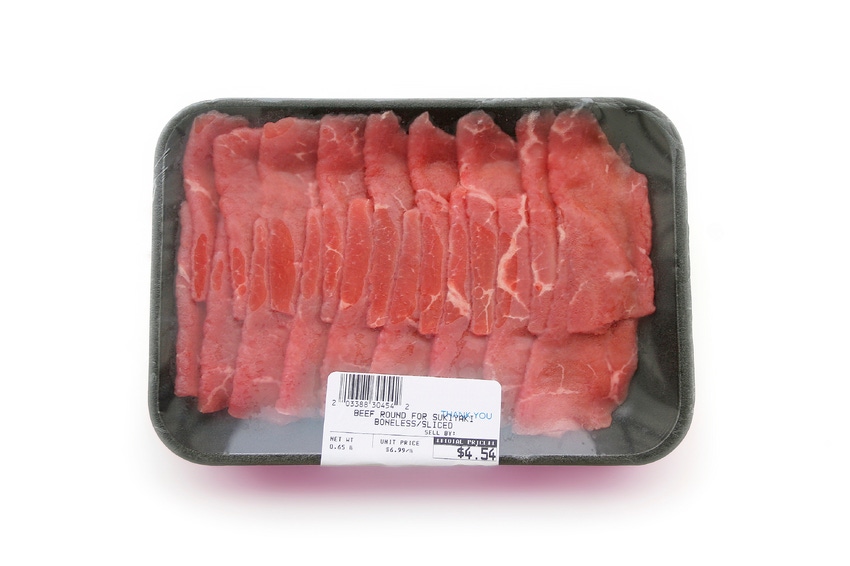October 1, 2015

The latest budget for the beef checkoff allocates roughly $42 million for the many and varied things the program does to stimulate beef demand. The allocation of the investment between beef promotion, research, consumer information, industry information, foreign marketing and producer communications remained roughly the same as in the past. The budget is not official, however, until it receives approval from USDA and the full Beef Board.
The Operating Committee recommended funding for 11 proposals and seven national beef organizations received funding for their authorization requests. NCBA once again received the most funding with four proposals totaling $30.3 million. USMEF received $8.4 million, the Cattlemen’s Beef Board received $1.5 million, the North American Meat Institute had two proposals funded for $1 million, and the Meat Importers Council of America, American Farm Bureau Foundation and National Livestock Producers Association also received funding for their proposals.
Roughly 21% of the budget is allocated to promotion. Nearly 25% of the budget ($10.3 million) will be spent on research programs and 19% ($8.1 million) will go toward consumer information programs. Once again, exports were a huge priority, receiving 20% of the budget allocation ($8.4 million). Just over 10% will be spent on industry information programs ($4.7 million). Finally, about $1.5 million is slotted for producer communications. In addition to the authorization requests, just under $2.9 million was budgeted for administration of the program. The Cattlemen’s Beef Board continues to keep an increasing share with just under 10% of the total budget remaining with the Cattlemen’s Beef Board.
Of the five key areas (research, consumer information, industry information, foreign marketing and producer communications), the only budget item that likely wouldn’t enjoy universal agreement as being underfunded would be producer communications. All the other areas continue to be significantly underfunded with tremendous opportunities left unaddressed, none more so than the predominantly pass-through programs – those where the money simply passes through the contractor to specific business entities—that involve advertising, research and consumer outreach. In fact, the shift to digital advertising reflects not only the growing value of digital marketing, but also the reality that it is the only medium in which we have enough funding to maintain any sort of impactful presence.

BEEF Seedstock 100
Looking for a new seedstock provider? Use our BEEF Seedstock 100 listing to find the largest bull sellers in the U.S. Browse the Seedstock 100 list here.
Looking at the size of our industry, and considering that we spend less than 0.1% of our gross sales on advertising, research and other demand-building efforts, it appears that we are not serious about competing. We have spent a lot of time the last year or so talking about sustainability. I guess we should be thankful we have such a great product, because our industry’s investment in that product, by almost any definition, certainly wouldn’t reach any level of sustainability.
You might also like:
How to prevent & treat pinkeye in cattle
4 experts weigh in on fall 2015 cattle prices
2015 BEEF Stocker Award Winner: Shovel Dot Ranch
Will beef demand keep up with cowherd expansion?
How to treat lump jaw disease in cattle
3 non-traditional feedstuff options to consider for your cow herd
About the Author(s)
You May Also Like



